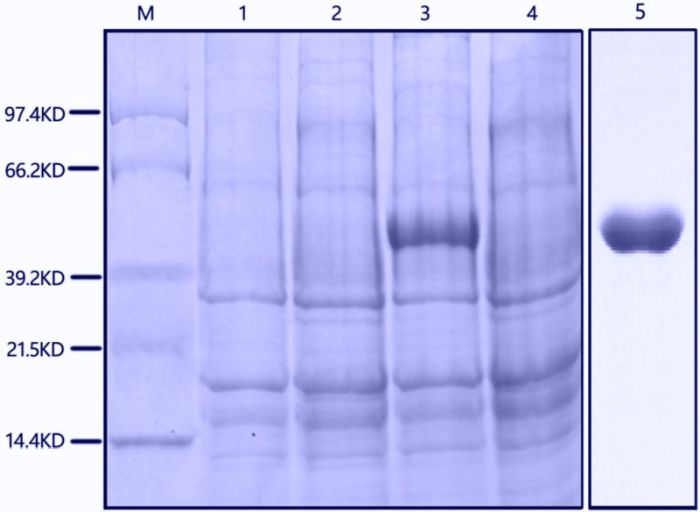Molecular Cloning and Characterization of an Anthocyanidin Synthase Gene in Prunus persica (L.) Batsch
DOI:
https://doi.org/10.15835/nbha45110546Abstract
To elucidate the effect of anthocyanidin synthase (ANS) gene on anthocyanin accumulation in fruit skin of Prunus persica (L.) Batsch cv. 'Chunmei', this study cloned and characterized an ANS gene (PpANS) from peach. PpANS (GenBank accession No. KX760117) was encoded by a 1074 bp-long open reading frame (ORF) corresponding to a polypeptide consisting of 358 amino acids with a molecular mass of 40.45 kD and an isoelectric point of 5.46. PpANS contains a conserved 2-oxoglutarate- and iron-dependent dioxygenases and non-haem dioxygenase binding regions. PpANS shared high similarities to angiosperm ANS and displayed the closest genetic relationship to Prunus domestica. Real-time PCR analysis indicated that PpANS was highly expressed in fruit skin, flesh and flowers, and peach fruit skin showed the highest transcript level of PpANS. Anthocyanin accumulation analysis indicated that it was highly accumulated in fruit skin and flesh of peach. Changes in the transcript level were highly correlated with anthocyanin content in the different tissues of peach. Prokaryotic expression analysis showed PpANS that protein can be expressed correctly in E. coli, and the size of PpANS recombinant protein was consistent with its predicted size. In vitro enzyme activity assay revealed that recombinant PpANS protein could catalyze the formation the cyanidin from leucocyanidin. These results indicated that PpANS was responsible for anthocyanin accumulation in P. persica.

Downloads
Published
How to Cite
Issue
Section
License
Copyright (c) 2017 Jiabao YE, Feng XU, Guiyuan WANG, Qiangwen CHEN, Tingting TAO, Qiling SONG

This work is licensed under a Creative Commons Attribution 4.0 International License.
License:

Open Access Journal:
The journal allows the author(s) to retain publishing rights without restriction. Users are allowed to read, download, copy, distribute, print, search, or link to the full texts of the articles, or use them for any other lawful purpose, without asking prior permission from the publisher or the author.











.png)







